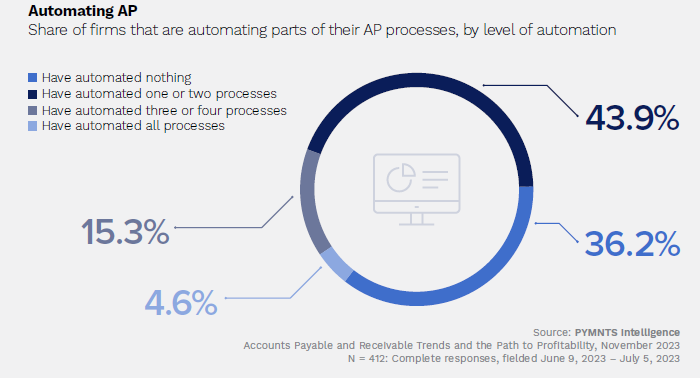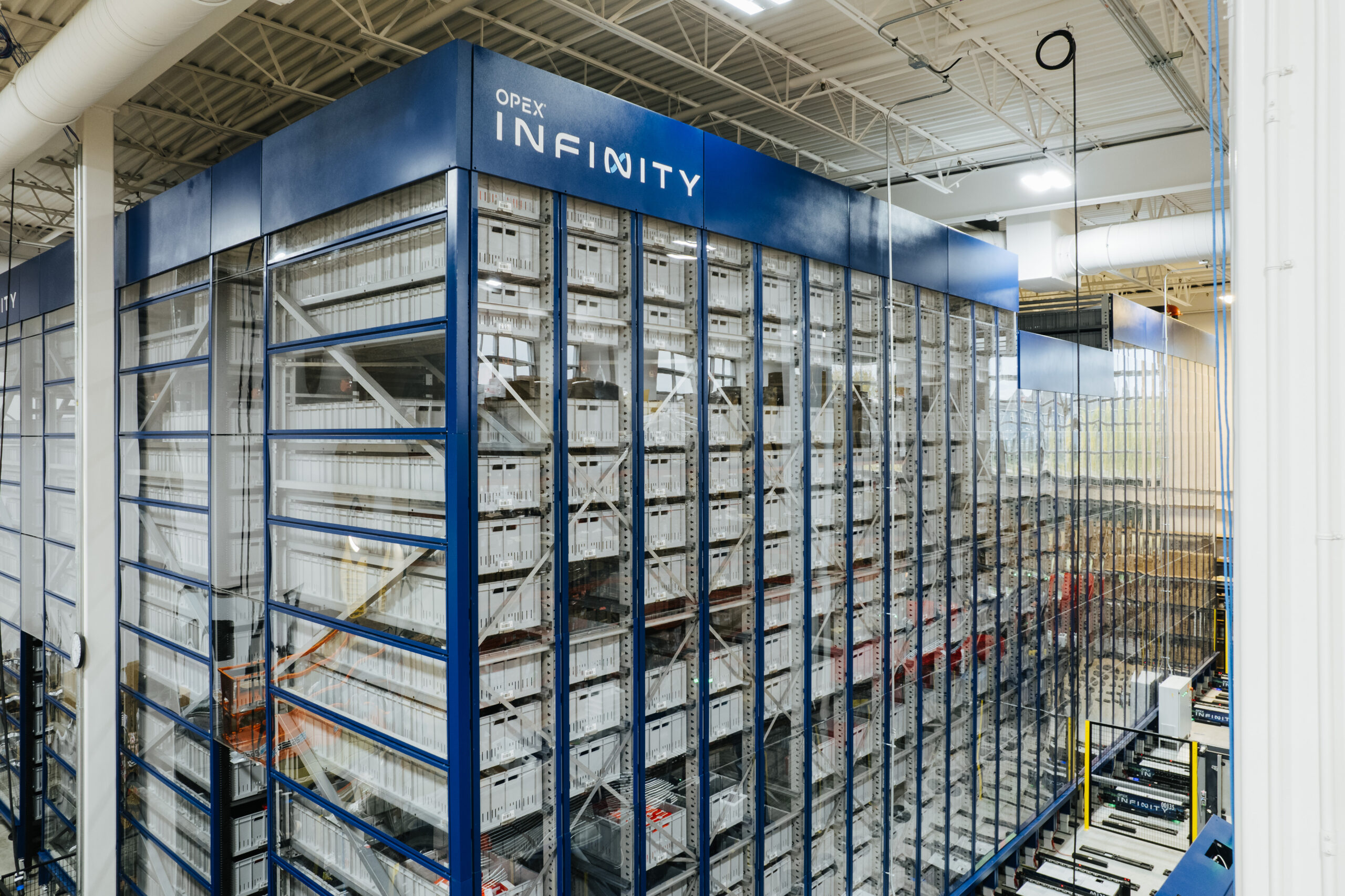How Will Robotics and Automation Impact on Healthcare Sector? Enhancing Efficiency, Precision, and Patient Care
Intro: Robotics and automation on healthcare sector have transformed, enhancing precision, efficiency, and patient care. These cutting-edge technologies, through AI-driven robots and automated systems, have transformed surgeries, diagnostics, and patient monitoring, ushering in a new era of healthcare industry.
Robotics and automation has ushered in a new era of efficiency, precision, and patient care. The technologies, encompassing robots, artificial intelligence, and advanced machinery, are transforming the way medical professionals diagnose, treat, and manage patients. With robotic-assisted surgeries, intricate procedures are now performed with unparalleled precision, reducing human error and enhancing patient outcomes. Automation streamlines administrative tasks, reducing healthcare costs and improving resource allocation. Telemedicine and remote monitoring enable access to healthcare in remote areas. As we delve deeper into this topic, we will explore the profound impact of robotics and automation on healthcare sector.
Robotics and automation are poised to revolutionize the healthcare sector in numerous ways, enhancing patient care, improving efficiency, and transforming the industry as a whole. In this essay, we will explore the multifaceted impacts of robotics and automation in healthcare, encompassing both the opportunities and challenges they present.
1. Enhanced Surgical Precision
One of the most striking applications of robotics in healthcare is in surgery. Robots can perform intricate and precise procedures with greater accuracy than human surgeons. They can eliminate tremors and offer a stable, magnified view of the surgical site. This leads to reduced invasiveness, faster recovery times, and improved patient outcomes.
2. Telemedicine and Remote Care
Automation plays a pivotal role in facilitating telemedicine and remote care. Automated diagnostic tools, coupled with teleconferencing, allow doctors to remotely monitor and treat patients, especially in underserved or remote areas. This has become even more critical during the COVID-19 pandemic, minimizing the risk of virus transmission.
3. Laboratory Automation
Laboratories are adopting automation to streamline repetitive tasks such as sample handling and analysis. This not only accelerates the diagnostic process but also reduces human error. Automated systems are capable of handling large volumes of samples efficiently, which is particularly beneficial during disease outbreaks.
4. Drug Discovery and Development
Robotics and automation are expediting drug discovery and development processes. High-throughput screening robots can test thousands of compounds rapidly, leading to the faster development of new medications. Automated systems are also employed in drug manufacturing, ensuring consistency and safety.
5. Pharmacy Automation
In pharmacies, automation can accurately dispense medications, reducing medication errors. Robots can manage inventory, package prescriptions, and even provide medication counseling. This enhances patient safety and allows pharmacists to focus on clinical roles.
6. Patient Care and Rehabilitation
Robots are being used for patient care and rehabilitation. Assistive robots help patients with mobility issues, while robotic exoskeletons aid in physical therapy and rehabilitation. These technologies can improve patient independence and reduce the burden on healthcare providers.
7. AI-Driven Diagnostics
Artificial intelligence (AI) is a key component of automation in healthcare. Machine learning algorithms can analyze medical images, such as X-rays and MRIs, to detect diseases and abnormalities more accurately and quickly than humans. This speeds up diagnosis and treatment decisions.
8. Data Management and Analysis
Automation is crucial for handling the vast amount of data generated in healthcare. Automated data analysis tools can identify trends and insights in patient records, leading to more personalized treatment plans and improved population health management.
9. Supply Chain Management
The healthcare supply chain is complex, involving the procurement and distribution of medical equipment, medications, and supplies. Automation improves supply chain efficiency, reducing costs and ensuring timely access to critical resources.
1o. Challenges and Ethical Considerations
While the benefits of robotics and automation in healthcare are undeniable, they also raise ethical and regulatory challenges. Privacy concerns regarding patient data in telemedicine, potential job displacement due to automation, and the need for stringent regulations to ensure the safety of robotic systems are issues that must be addressed.
11. Cost Implications
Implementing robotics and automation in healthcare can be expensive. Hospitals and healthcare organizations need to carefully evaluate the return on investment and consider long-term cost savings and improved patient outcomes.
12. Resistance to Change
Healthcare professionals and staff may resist adopting new technologies due to concerns about job security or unfamiliarity with these systems. Effective training and change management strategies are essential to overcome resistance.
In conclusion, robotics and automation are poised to revolutionize the healthcare sector in numerous ways, from enhancing surgical precision to enabling remote care and drug discovery. However, they also pose challenges that need to be addressed to ensure their responsible and effective integration into healthcare systems. The benefits of improved patient care, increased efficiency, and accelerated medical advancements make these technologies an integral part of the future of healthcare.










